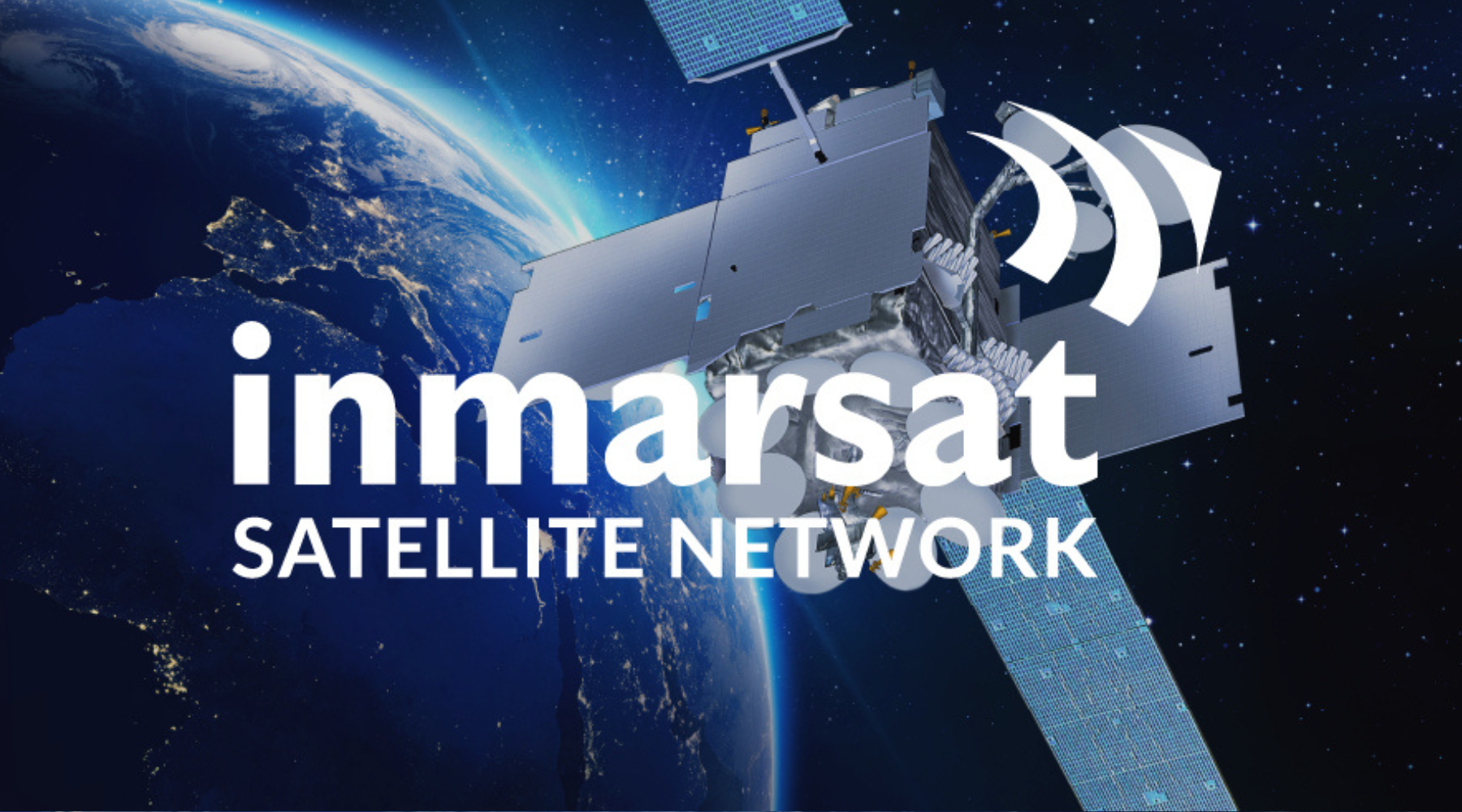
Inmarsat's - The Inner Workings
by Peter Davidson on Nov 16, 2023‘Our 5c on … ‘ what to expect from the Inmarsat Satellite phone Network.
Inmarsat is in essence the oldest and most experienced network in the market. Although it only entered the handheld market in late 2010 with the IsatPhonePro (still our favourite handset). Like Thuraya, Inmarsat operates with Geostationary Satellites. If you can see the satellite and are stationary, your call will not drop out. Australia is very lucky to have the stationary satellite parked over Papua New Guinea. Offering a robust high call quality and a device that is a reliable and solid performer. Inmarsat network offers global coverage, excluding the Poles and serves Australia really well.
We prefer stationary satellite systems, in the case of Inmarsat, their satellite for our region is above Papua New Guinea meaning the satellite is located at a very usable angle all over Australia. For example; the satellite elevation (above the horizon) in the following locations, Alice Springs 60oNE, Hobart 40oN, Cape York 76oN and Perth 42oNE). Simply find a clear line of sight to the satellite and you can talk, with good voice quality, uninterrupted for as long as you wish. You can speak with confidence because you know the satellite will not move or be obscured by a hill or trees during your conversation. Call connections are quite stable, given you maintain the antenna pointing towards the satellite. Your voice or the callers will drop out (and return) if you walk around with the phone.
As the satellite is 35,000km above Earth, when you make a call on the Inmarsat network, the audio is understandably a little delayed. Inmarsat has three geostationary satellites around the equator; above Papua New Guinea, Eastern Africa and one just south of Mexico – meaning you’ll be covered almost everywhere, except the north and south poles.
Inmarsat Coverage Map:

